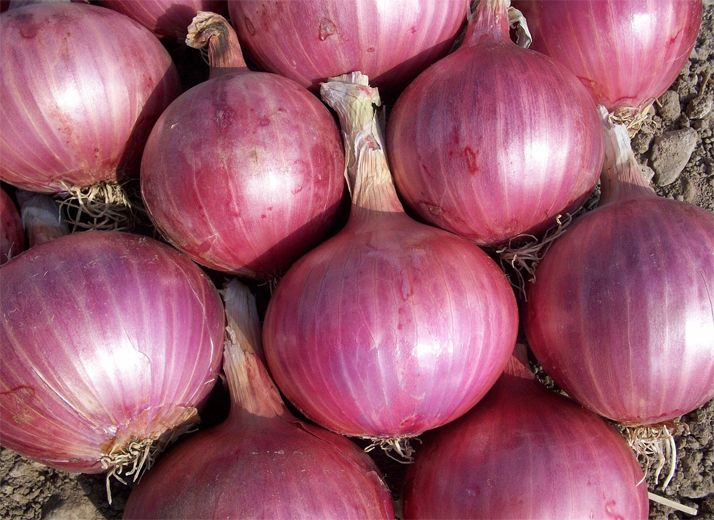Product
Onion

Send an Enquiry
Onion (Allium cepa) is a staple vegetable and one of the oldest cultivated crops in human history, known for its strong flavor, pungent aroma, and versatility in global cuisines. Belonging to the Allium family—alongside garlic, leeks, and chives—onions are grown primarily for their bulbs, which can vary in color, size, and taste. Common types include red, yellow, and white onions, each suited for different culinary applications. Onions are rich in vitamins C and B6, folate, potassium, and antioxidants such as quercetin and sulfur-containing compounds, which contribute to their reputed health benefits including anti-inflammatory, anti-bacterial, and heart-protective effects. When cut, onions release sulfur compounds that interact with the eyes, causing a stinging sensation and tears—a defense mechanism of the plant. Onions are consumed raw in salads, cooked in dishes to add depth and flavor, or processed into powders, pastes, and dehydrated forms for long-term storage. They also play a significant role in traditional medicine across many cultures, used for treating colds, boosting immunity, and improving digestion. On a commercial scale, onions are cultivated in diverse climates, with major producers including China, India, the United States, and Egypt. Post-harvest handling, proper curing, and controlled storage are crucial to extend shelf life and reduce spoilage. As a key ingredient in both domestic kitchens and the food processing industry, onions are an essential crop with global culinary and economic importance.
Health Benefits of Onion- Rich in Antioxidants
- Supports Heart Health
- Boosts Immunity
- Improves Bone Density
- Supports Digestive Health
- Regulates Blood Sugar Levels
- Anti-Cancer Properties
